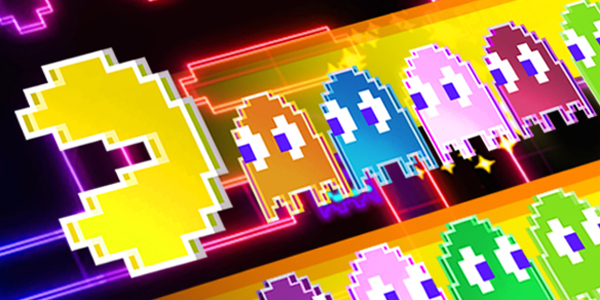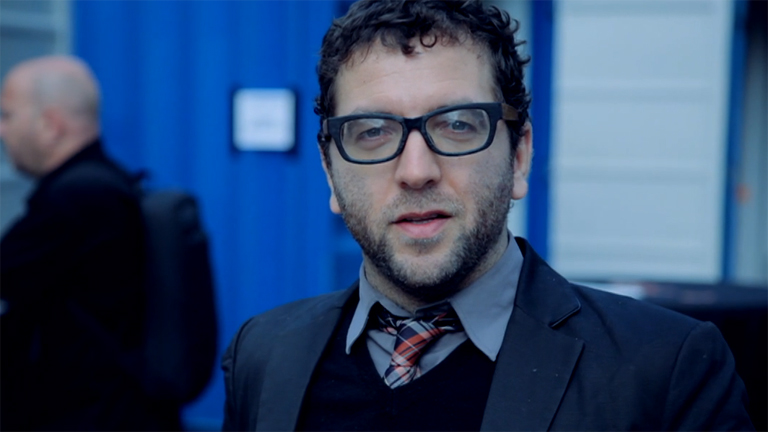Reflection of Eric Zimmerman’s
Narrative, Interactivity, Play, and Games:
Four naughty concepts in need of discipline
Eric Zimmerman’s article on the aforementioned points in the title was an interesting dive into the subject. For one, it felt like a good perspective opener, both as a refresher for some old ideas as well as fresh new ones. Especially in the way he breaks down ‘Interactivity’, particularly being an Interactive Media student myself. Bringing to mind something I didn’t expect, Meta-Activity. To me this aspect I’d have counted as a separate entity completely, especially because it feels like an activity after an interactive experience; also the aspect of fan culture also was a neat mention of this sort of interaction. Thinking back, and considering something I heard of previously, post-interaction aspects are also an area to be looked into. For example, the aforementioned ‘heard of previously’ interactive exhibit allowed for a 90 second snippet of your interaction with the exhibit to be uploaded to YouTube. Which I thought was nice, especially when I often wish I could take the experience along with me in some form after I’ve left the place.
Regarding play, for a moment while reading, I thought that play should be an integral aspect of a memorable exhibit, to which I counter-thought, I can think of exhibits or interactive experiences that don’t require play, to which I started to re-read the articles stance on the definitions of play. I’m still ruminating on this aspect to be honest, but it’s an interesting point that I’ll be delving into personally.
Other parts that I particularly liked was that play was a result, to paraphrase loosely, is a result of structure or rules; a reminder that in the creation of one thing, an opposite wouldn’t necessarily be a void. Additionally, that an aspect of a random restriction also introduces an aspect of play and fun, eg. A die.
I felt though, that his use of Ms Pac-Man was a bit of a stretch to spin the narrative that he did out of the game and to attribute its success to that narrative. I find the appeal to be in the pursuits of high scores, technical prowess to avoid the ghosts and its animated
graphics for its time. Its decline in popularity in my opinion shows that indeed it was not the narrative that kept its popular position. Did its narrative decline over the years or was it the invention of newer, “shiner” games? Narratives have been rehashed for years and presented in a myriad of ways without a decline in their viewership, save for contextually related themes.



 Prior to the assignment, we were asked to research on some artists. I chose Franz Kline as his artwork was the sort of Abstract art I grew up disliking cause I didn’t understand why it was so highly prized. For me, understanding the mindset and thoughts of the artist, helps me understand their artwork, and this was the perfect opportunity to do so.
Prior to the assignment, we were asked to research on some artists. I chose Franz Kline as his artwork was the sort of Abstract art I grew up disliking cause I didn’t understand why it was so highly prized. For me, understanding the mindset and thoughts of the artist, helps me understand their artwork, and this was the perfect opportunity to do so.






























